Getting Real Results from Virtual Teams
Length:
In-person classes –2 day / Virtual (Live online) – 4 sessions
Overview:
In our mobile, global world, nearly every team is virtual to some extent. Creating an effective team when collocated is challenging enough. When the team spends little or no time together in the same space and time, getting team members to identify with the team requires approaches unique to a virtual environment. Keeping virtual team members engaged once the team has formed also makes demands on a team leader that are more time-consuming, and often less comfortable, than when the team is working face-to-face. Getting things done in today’s workplace takes tools, skills, and strategies that work across space and time.
Participants in this course will develop skills and learn techniques to work effectively with teams in which team members have little or no face-to-face communication. It covers all aspects of working virtually, from recognizing types of virtual workers and teams, to working with cultural and language differences, to handling conflict. Workshops with special emphasis on facilitating and eliciting requirements will provide students with opportunities to utilize the best practices for preparing a team to work effectively in a virtual environment, as well as tactics for keeping virtual team members connected to each other and committed to the project and organizational goals.
Objectives:
- Identify types of virtual teams.
- Utilize best practices in planning for effective virtual teamwork.
- Implement strategies for engaging and developing virtual team members.
- Conduct an effective virtual team meeting.
- Work effectively with stakeholders outside the team.
- Elicit and facilitate in a virtual environment.
- Address issues on a virtual team.
Pre-requisites:
Some experience working on projects or with team members in a virtual environment is helpful, but not necessary.
Skill Level: Basic
Audience:
Process analysts, business analysts, project managers, business process owners, general business staff, and anyone who needs the skills to understand, model, and manage business processes.
PDUs/CDUs: 14 CEUs: 1.4
WHY TAKE THIS COURSE
- Learn what steps to take to prevent the most common problems on virtual teams.
- Develop strategies to promote team member engagement and commitment.
- Learn practical ideas for improving virtual team meeting productivity.
- Develop leadership skills that work in a virtual environment.
- The small-class environment, practical exercises, and a realistic case study keep you engaged and aid in your retention and learning.
- Practice what you learn in a safe environment so you walk away with skills that you can immediately apply on the job.
Format:
WHAT YOU’LL RECEIVE
Both our Traditional and Virtual classes use the same materials.
Comprehensive study guide with PowerPoint slides and detailed notes to serve as both an in-class guide and on-the-job reference.
Scenarios and role play exercises that provide realistic examples to practice the skills and tools presented.
Workshop and exercise solutions.
Class and team discussions to reinforce the information presented.
Content:
Virtual Basics
Types of virtual organizations and teams
Exercise: Create something as a virtual group
Stages of virtual team develop
Exercise: Identify challenges of virtual team development
Virtual communications model
Challenges and Opportunities
Exercise: Identify concerns, advantages of virtual work scenario
Preparing for Virtual Teamwork
Characteristics of effective virtual teams
Facilitating Factors for virtual team success
Technology Factors
People Factors
Effective leadership
Team members
Workshop: Evaluate People Factors for current virtual work environment
Team Factors
Team identity and purpose
Workshop: Complete Team Factor section of Virtual Team Playbook (VTP)
Process Factors
Operating guidelines
Communication standards
Decision making
Conflict resolution
Workshop: Complete Process Factor section of VTP
Organization Factors
Workshop: Complete Organization and Technology Factor sections of VTP
Engaging Virtual Team Members
Engagement – what it means and why it is critical in a virtual environment
Building connections across time
Building connections across space
Exercise: Start a virtual meeting without “jumping right to business”
Virtual drive-bys
Exercise: Practice virtual drive-by
Building connections across culture
Understanding key cultural characteristics
Exercise: Score a culture based on cultural dimensions discussed
Cross-cultural communication challenges
Exercise: Match communication challenge to solution(s)
Working with Virtual Team Members
Exercise: Practice many-to-few virtual meeting
Virtual meeting best practices
eMail best practices
Scribing in a virtual environment
Managing up and out virtually
Facilitating and eliciting in a virtual environment
Eliciting requirements virtually
Exercise: Role play active listening in virtual environment
Creating in a virtual environment
Linear techniques
Intuitive techniques
Exercise: Facilitate virtual session using creativity technique
Virtual Team Challenges
Virtual team challenge considerations
Evidence of virtual team health
Symptoms of virtual team problems
Keys to virtual team performance
Identifying virtual team issues – Sociograms
Addressing virtual team challenges
Exercise: Facilitate a virtual session and create a Sociogram to identify team issues
Virtual Team Development
Building the virtual team
Cultural considerations in virtual team building
Closing virtually
Celebrating virtually
Exercise: Develop plan to introduce new virtual team member and celebrate virtual team accomplishment
APPENDIX
Exercise solutions
BIBLIOGRAPHY
NOTE: We are constantly improving our course offerings to ensure the best training possible and to keep you abreast of the latest industry trends. As a result, this outline is subject to change.
